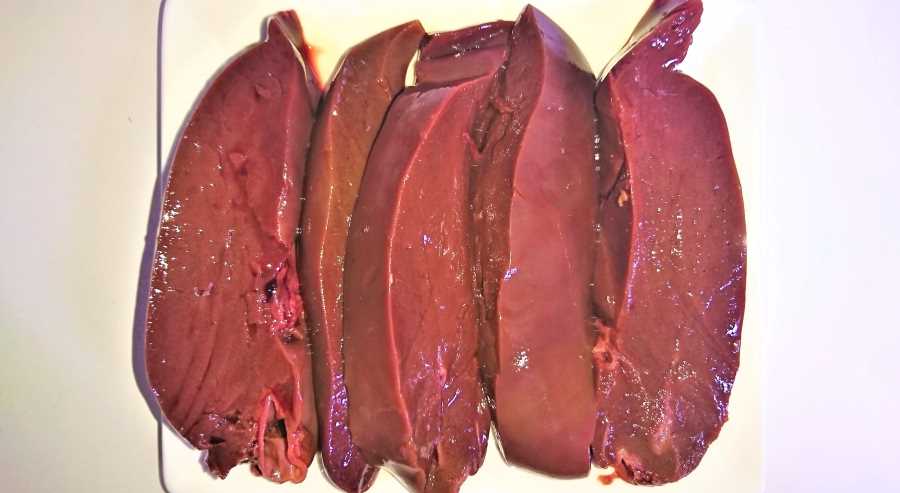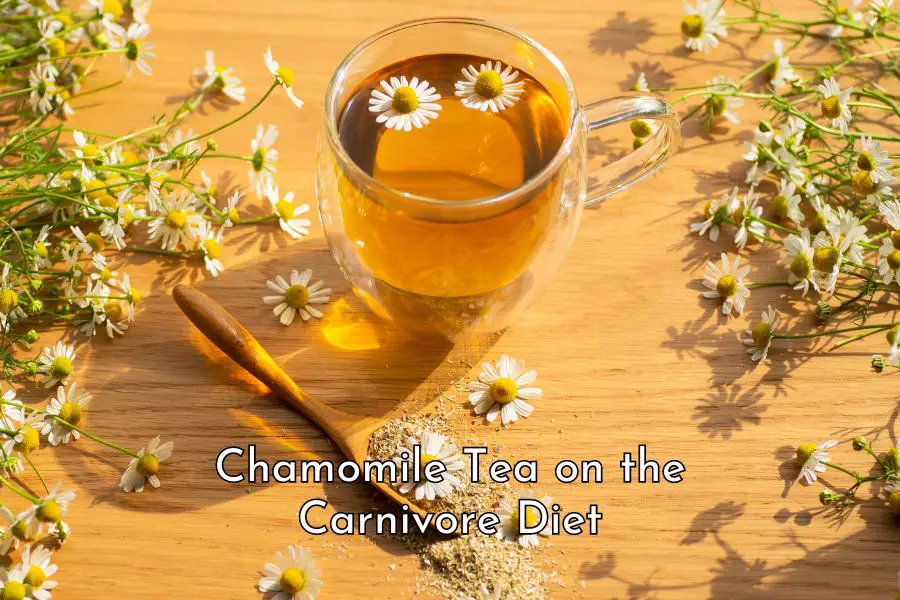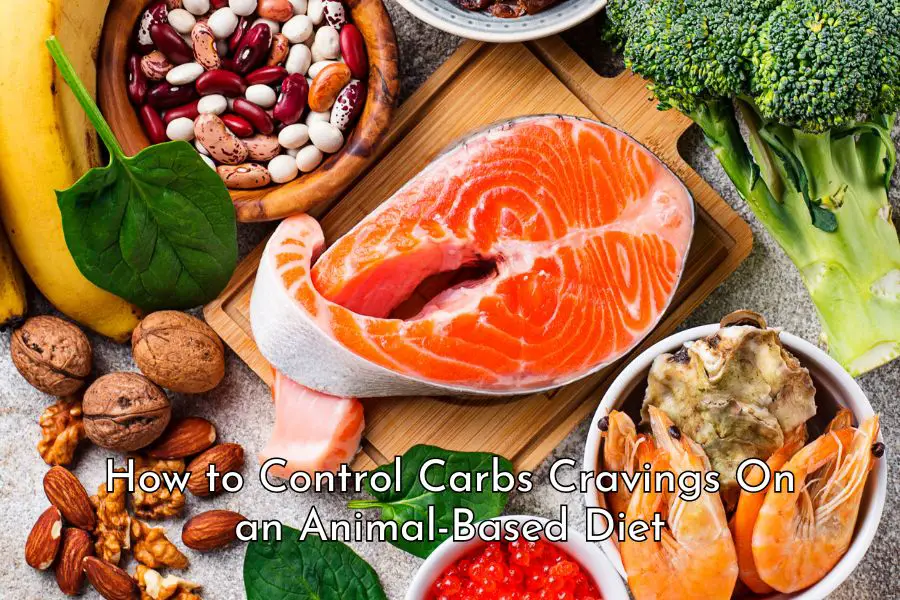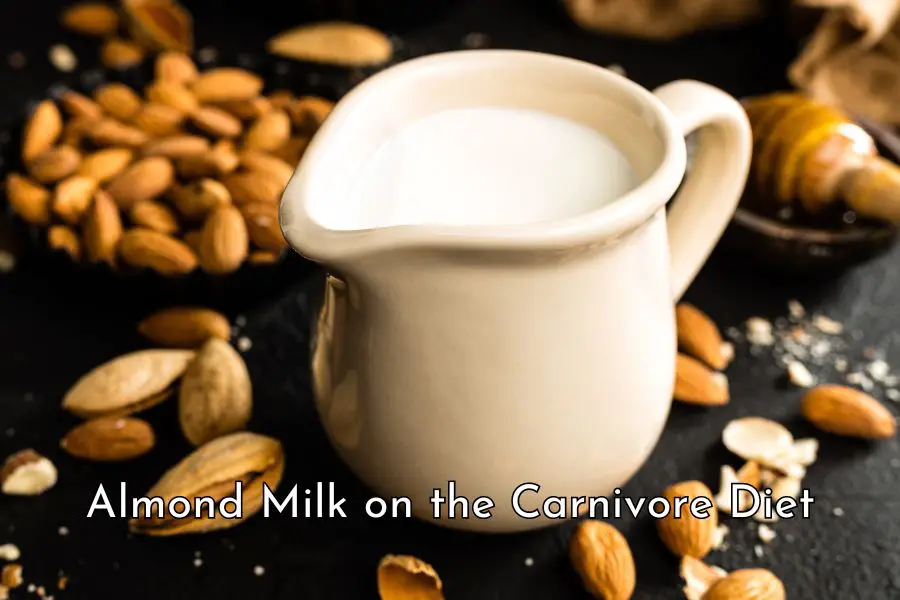Liver is simply nature’s best multivitamin. It is packed with so many essential vitamins and minerals and high in proteins. On the carnivore diet, you are encouraged to eat liver and other organ meat regularly to get sufficient nutrients for your body’s needs. However, liver is also very high in vitamin A and there is definitely a concern of vitamin A toxicity in high doses. So how much liver can you eat in a day?
Based on the recommended daily allowances for vitamin A, the tolerable upper intake levels, and the vitamin A contents of various types of liver, average adults can eat liver in the following ranges in a day:
- Beef liver: from 18g to 59g for men and from 14g to 59g for women
- Lamb liver: from 12g to 41g for men and from 9g to 41g for women
- Pork liver: from 14g to 46g for men and from 11g to 46g for women
- Chicken liver: from 27g to 90g for men and from 21g to 90g for women
Beef liver should be your go-to organ meat on the carnivore diet because of its better nutritional profile compared to other types of liver (see table below). In order to not exceed the tolerable upper intake level of vitamin A, you can have only one to two small slices of beef liver a day.
This is probably how much liver our ancestors would have eaten in a day if they were to successfully hunt down an animal and share the liver amongst member hunters.
Read on to find out more about nutrients in various types of liver, recommended daily allowances for vitamin A, tolerable upper intake levels for vitamin A and how the amounts of daily liver consumption are calculated for men, women, and pregnant and lactating mothers.
Nutrients in liver
While the liver filters out toxins in an animal’s body, it doesn’t store toxins. Instead, liver is full of nutrients, it is truly the superhero of the carnivore diet. [1]
The table below shows the nutritional contents of 100-gram servings of raw liver (beef, lamb, pork, liver) compared to those of raw kale and salted and fermented tofu. [2]
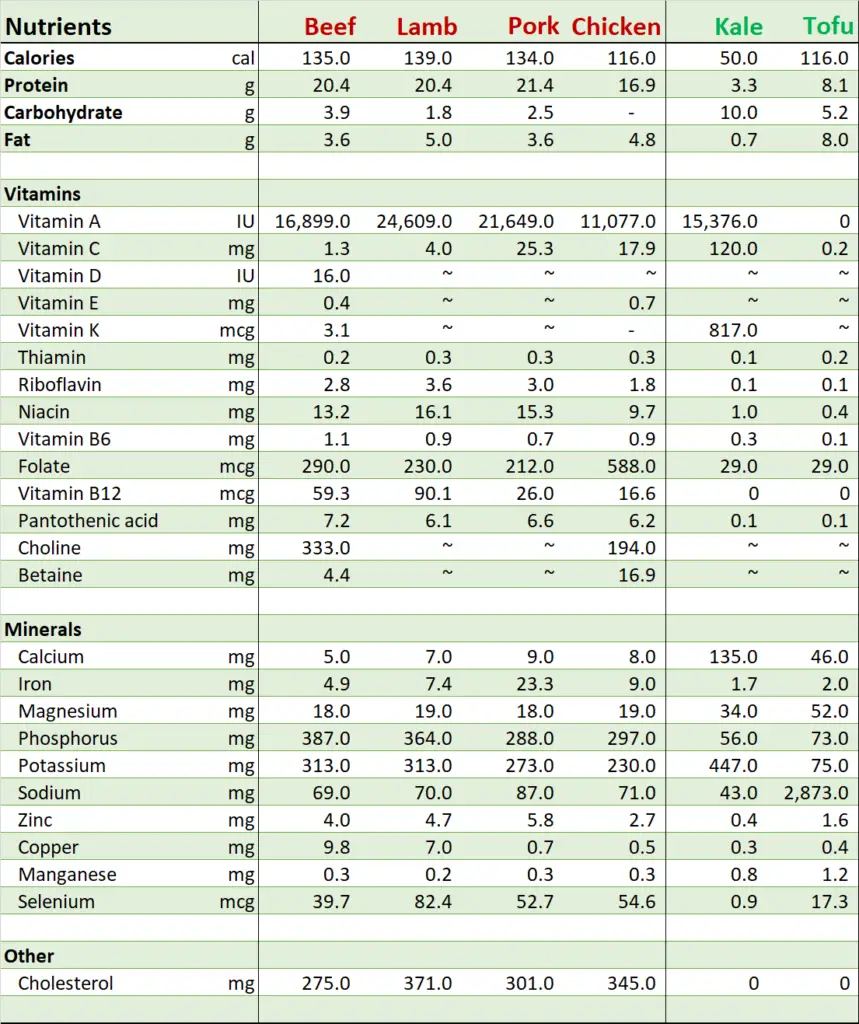
As can be seen in the table above, liver, especially beef liver is super nutritious, it is loaded with so many essential nutrients. It is especially rich in vitamin A and B12 and high in riboflavin (B2), niacin (B3), pantothenic acid (B5), B6, folate. Liver is also a good source of copper, selenium, phosphorous, zinc and iron.
Although kale is also high in vitamin A, the vitamin A in kale is in the form of carotenoids or provitamin A which have to be converted to retinol during digestion before the body can use it. The conversion efficiency of dietary carotenoids to retinol is in the range of 3.6 to 28:1 by weight. Therefore, the equivalent retinol in kale is substantially lower than the number reported in the above table. [3, 4]
Vitamin A from liver and other animal source foods, however, are active retinol or preformed vitamin A that are ready to be used by the human body. [5, 6]
Similarly, kale is also high in some other vitamins and minerals. However, as mentioned in this post, plant foods although can be high in some nutrients come packaged with anti-nutrients that can interfere with the absorption of many nutrients and potentially cause undesirable health effects. [7]
Tofu, a touted health food for vegans and vegetarians, apart from having a slightly higher calcium content, is nutritionally inferior compared to liver.
Concern about the high level of Vitamin A in liver
Liver is high in vitamin A which is important for immune function, vision, reproduction, and cellular communication. However, excess vitamin A, especially preformed vitamin A, can have significant toxicity. [8]
Chronic intakes of excess vitamin A, usually due to consuming too much preformed vitamin A from supplements or therapeutic retinoids, lead to increased intracranial pressure, dizziness, nausea, headaches, skin irritation, pain in joints and bones, coma, and even death. [9]
Instances of vitamin A toxicity from dietary sources, however, are rarely reported. Some people on the carnivore diet regularly eat more than the upper intake levels. For example, Dr Paul Saladino said he would eat about 16 oz (454g) of liver a week which will result in a vitamin A intake much higher than the tolerable upper intake level. Dr Saladino also summarily dismissed any concern of vitamin A toxicity from eating liver. [10, 11]
However, given the lack of evidence on the safeness of high liver consumption, I would stay within the RDAs and the TUILs. The amounts of liver that can be safely consumed in a day are calculated based on these thresholds.
How much liver should you eat in a day?
The calculation method
How much liver you should eat in a day depends on the type of liver, age, gender and other specific health conditions.
I have calculated below the amount of beef, lamb, pork and chicken liver you can eat in a day based on:
- The contents of vitamin A in these livers shown in the table above
- The recommended daily allowances (RDAs) for vitamin A for different age groups, genders and for pregnant and lactating mothers
- The tolerable upper intake levels (TUILs) for vitamin A for different age groups, genders and for pregnant and lactating mothers
Example
100 grams of beef liver has 16,899 IU of vitamin A. The RDA and TUIL for men aged 19 years and over are 3,000IU and 10,000IU respectively.
The amount of beef liver a man in this age group can eat in a day is therefore from 18 grams (3,000IU x 100g/16,899IU) to 59 grams (10,000IU x 100g/16,899IU).
The RDAs, TUILs and the calculated liver consumption ranges for different age groups and genders are shown in detail below.
Recommended daily allowances for vitamin A
The Office of Dietary Supplements at the National Institutes of Health currently recommends daily allowances for vitamin A in the form of retinol activity equivalents as follows. [12]
| Age | Male | Female | Pregnancy | Lactation |
|---|---|---|---|---|
| 14–18 years | 900 mcg (3,000 IU) | 700 mcg (2,333 IU) | 750 mcg (2,500 IU) | 1,200 mcg (4,000 IU) |
| 19-50 years | 900 mcg (3,000 IU) | 700 mcg (2,333 IU) | 770 mcg (2,566 IU) | 1,300 mcg (4,333 IU) |
| 51+ years | 900 mcg (3,000 IU) | 700 mcg (2,333 IU) |
These are the average daily level of intake sufficient to meet the nutrient requirements of nearly all (97%–98%) healthy individuals.
Tolerable upper intake levels for vitamin A
The tolerable upper intake levels (TUILs) for preformed vitamin A established by the Food and Nutrition Board are shown below. [13]
| Age | Male | Female | Pregnancy | Lactation |
|---|---|---|---|---|
| 14–18 years | 2,800 mcg (9,333 IU) | 2,800 mcg (9,333 IU) | 2,800 mcg (9,333 IU) | 2,800 mcg (9,333 IU) |
| 19+ years | 3,000 mcg (10,000 IU) | 3,000 mcg (10,000 IU) | 3,000 mcg (10,000 IU) | 3,000 mcg (10,000 IU) |
These are the maximum daily intakes unlikely to cause adverse health effects and apply only to products from animal sources and supplements whose vitamin A comes entirely from retinol or its ester forms.
Using the method shown above, the amounts of beef, lamb, pork and chicken liver that you can eat in a day are calculated and shown below.
How much beef liver you should eat in a day (g)
| Male | Female | Pregnancy | Lactation | |
|---|---|---|---|---|
| 14-18 years | 18 – 55 | 14 – 55 | 15 – 55 | 24 – 55 |
| 19-50 years | 18 – 59 | 14 – 59 | 15 – 59 | 26 – 59 |
| 51+ years | 18 – 59 | 14 – 59 |
How much lamb liver you should eat in a day (g)
| Male | Female | Pregnancy | Lactation | |
|---|---|---|---|---|
| 14-18 years | 12 – 38 | 9 – 38 | 10 – 38 | 16 – 38 |
| 19-50 years | 12 – 41 | 9 – 41 | 10 – 41 | 18 – 41 |
| 51+ years | 12 – 41 | 9 – 41 |
How much pork liver you should eat in a day (g)
| Male | Female | Pregnancy | Lactation | |
|---|---|---|---|---|
| 14-18 years | 14 – 43 | 11 – 43 | 12 – 43 | 18 – 43 |
| 19-50 years | 14 – 46 | 11 – 46 | 12 – 46 | 20 – 46 |
| 51+ years | 14 – 46 | 11 – 46 |
How much chicken liver you should eat in a day (g)
| Male | Female | Pregnancy | Lactation | |
|---|---|---|---|---|
| 14-18 years | 27 – 84 | 21 – 84 | 23 – 84 | 36 – 84 |
| 19-50 years | 27 – 90 | 21 – 90 | 23 – 90 | 39 – 90 |
| 51+ years | 27 – 90 | 21 – 90 |
How to incorporate liver into your meals
Liver is super nutritious but too much of a good thing is not good for you. The key is to be consistent and try to have it regularly. An apple a day may not keep the doctor away but a slice of beef liver a day or a few capsules of desiccated beef liver may as well do it!
You can enjoy liver in a number of ways:
- Eat raw liver if you can get it from a reliable source
- Lightly sear liver if raw liver is not for you
- Liver pate is delicious and very easy to make
- Make liver chips if you have a food dehydrator
- Mix ground liver with mince to make meatballs and burger patty.
Beneficial effects of liver in an animal study
Perhaps you’ve already been eating liver regularly and know how good it is for your health. But for those of you who are still hesitant, a remarkable finding in an old animal study may encourage you to get started.
Liver feeding is found to have substantial beneficial effects on animals in a study published in 1951.[14] In this study, 60 rats were divided into 3 groups and fed one of the 3 diets:
- a synthetic basal diet
- the basal diet supplemented by B vitamins (B1, B6, B9, B12 etc.)
- the basal diet supplemented with 10 % whole liver powder.
After 12 weeks, the rats were tested to see how long they could swim in water at 36° and 20° C. before remaining submerged for at least 15 seconds.
There was no significant difference in performance at 36° C. among rats from the 3 groups, all surviving a test period of 120 minutes.
However, at 20° C. there was a stark difference between the first 2 groups and the last group.
The first two rat groups receiving the basal diet and the diet supplemented with B vitamins swam for an average of 13.3 minutes and 13.4 minutes respectively.
The rats receiving liver powder swam for a lot longer, with 9 of the 12 rats swimming for over 120 minutes, the others for 63 to 87 minutes. This indicates the presence of a protective factor in liver against the stress due to swimming in cold water.
There seems to be something magic about liver, at least with the rats.
Other posts you might be interested in:
What Is the Best Meat to Eat on the Carnivore Diet?
Is Carnivore the Best Anti-Aging Diet Around?
11 Common Carnivore Diet Mistakes
10 Easy Carnivore Breakfast Ideas
Do You Need Electrolyte Supplement on a Carnivore Diet?
Disclaimer: The information in this post is for reference purposes only and is not intended to constitute or replace professional medical advice. Please consult a qualified medical professional before making any changes to your diet or lifestyle. Please check out our disclaimer for more detail.

